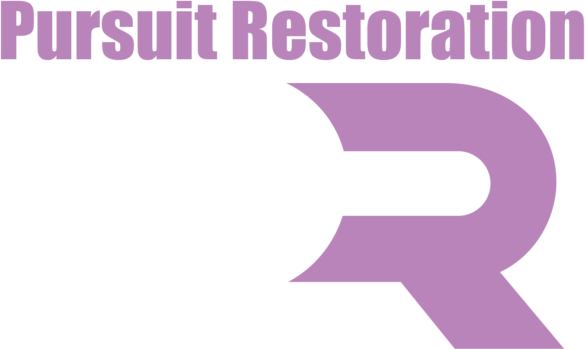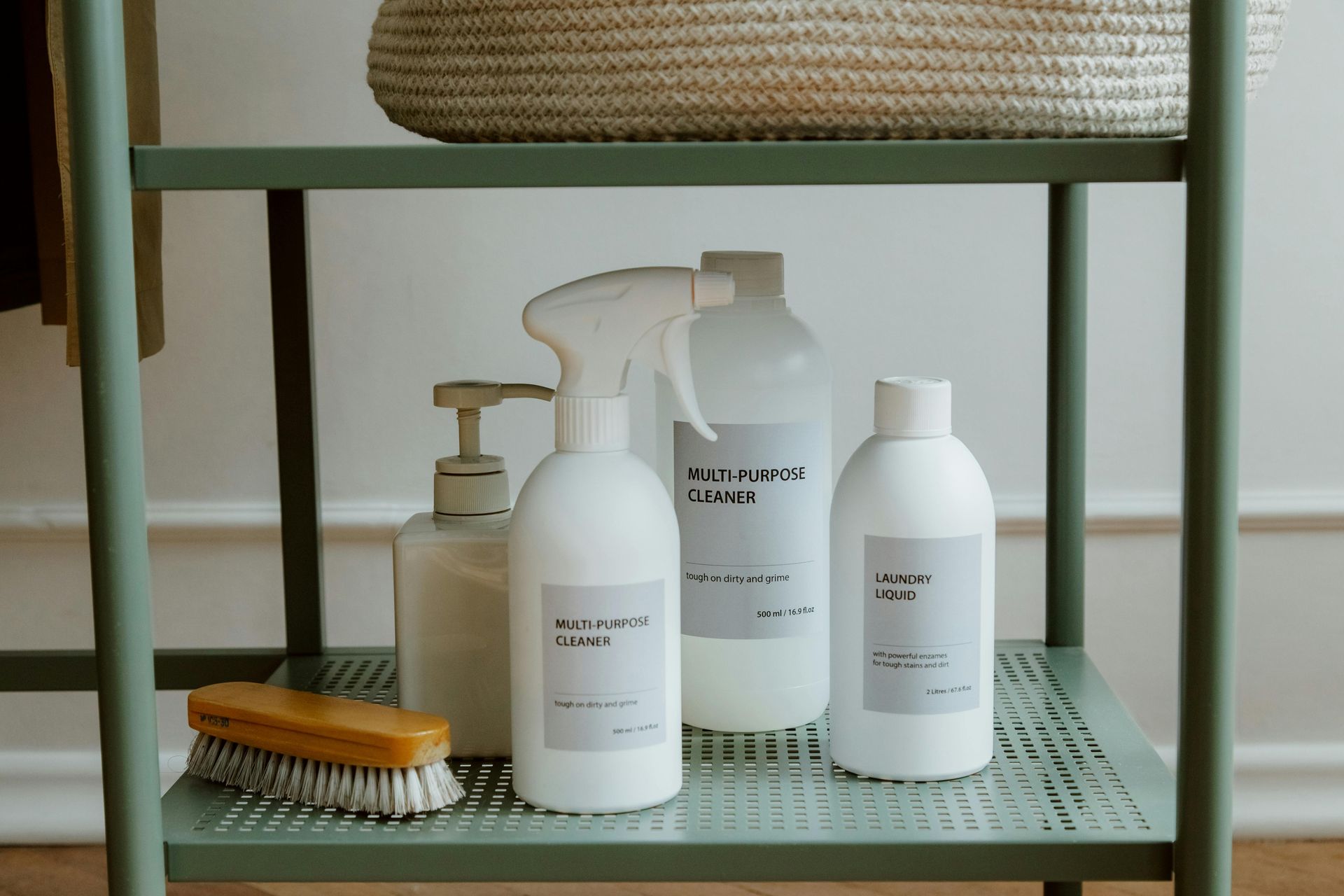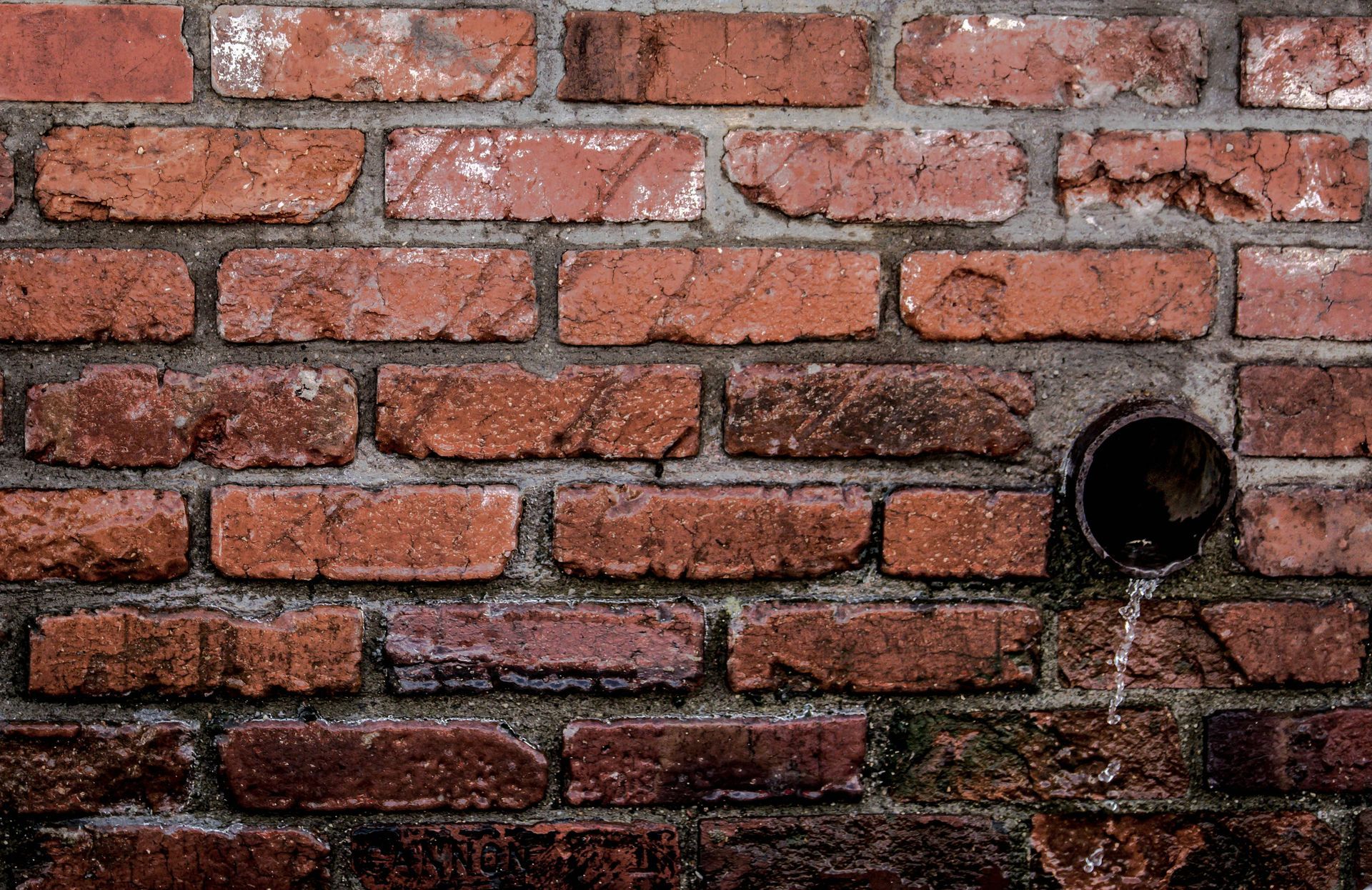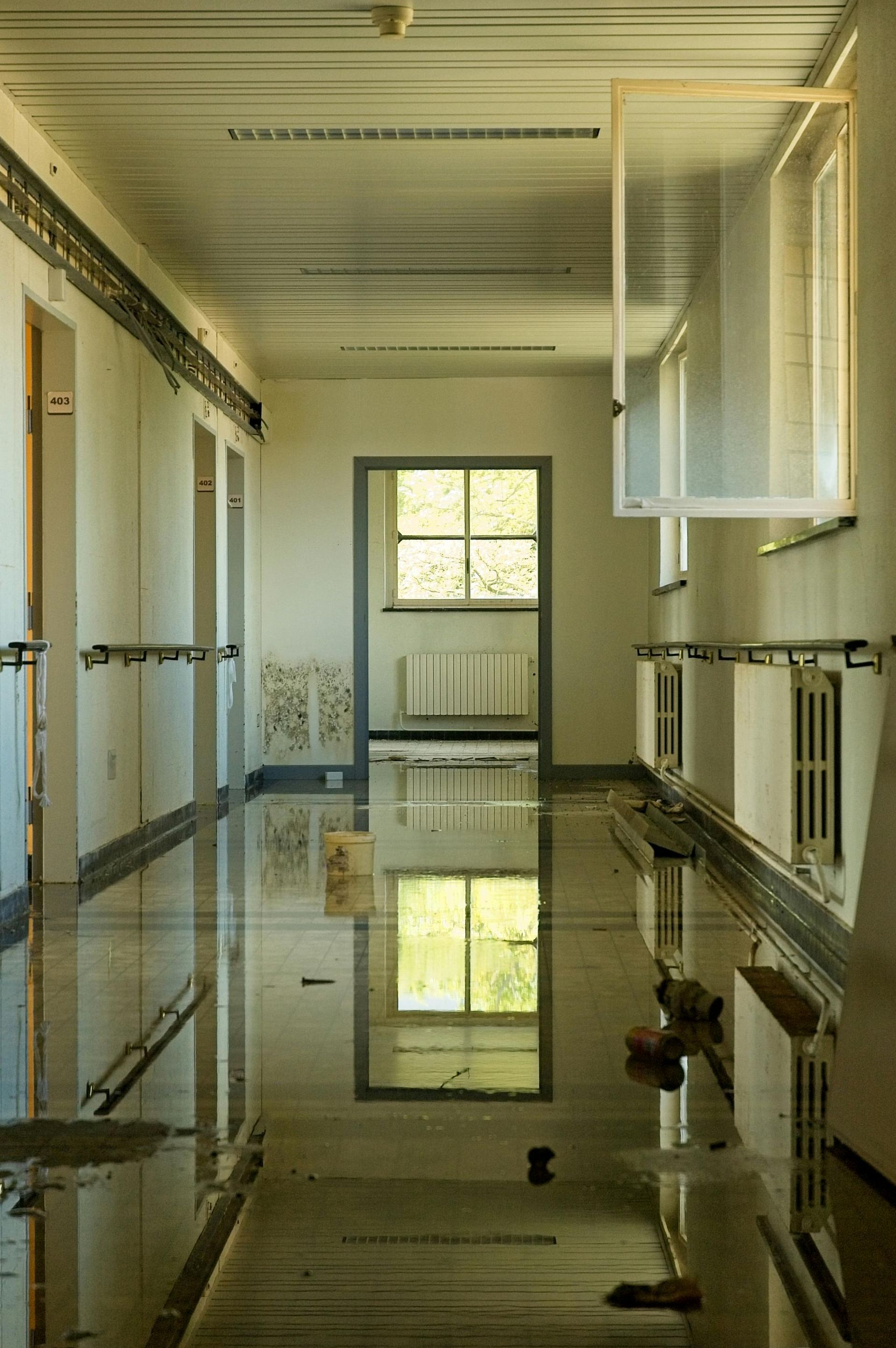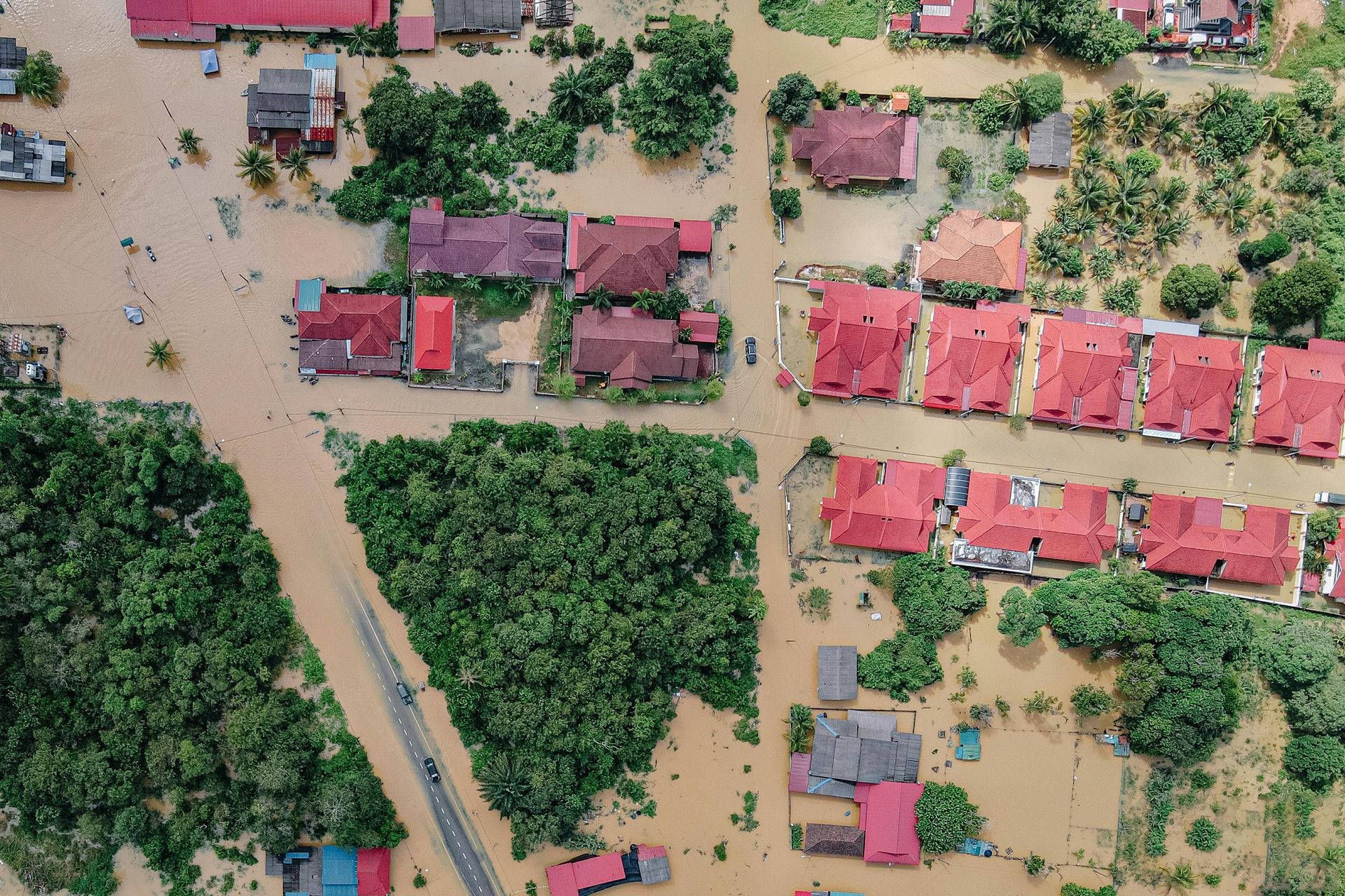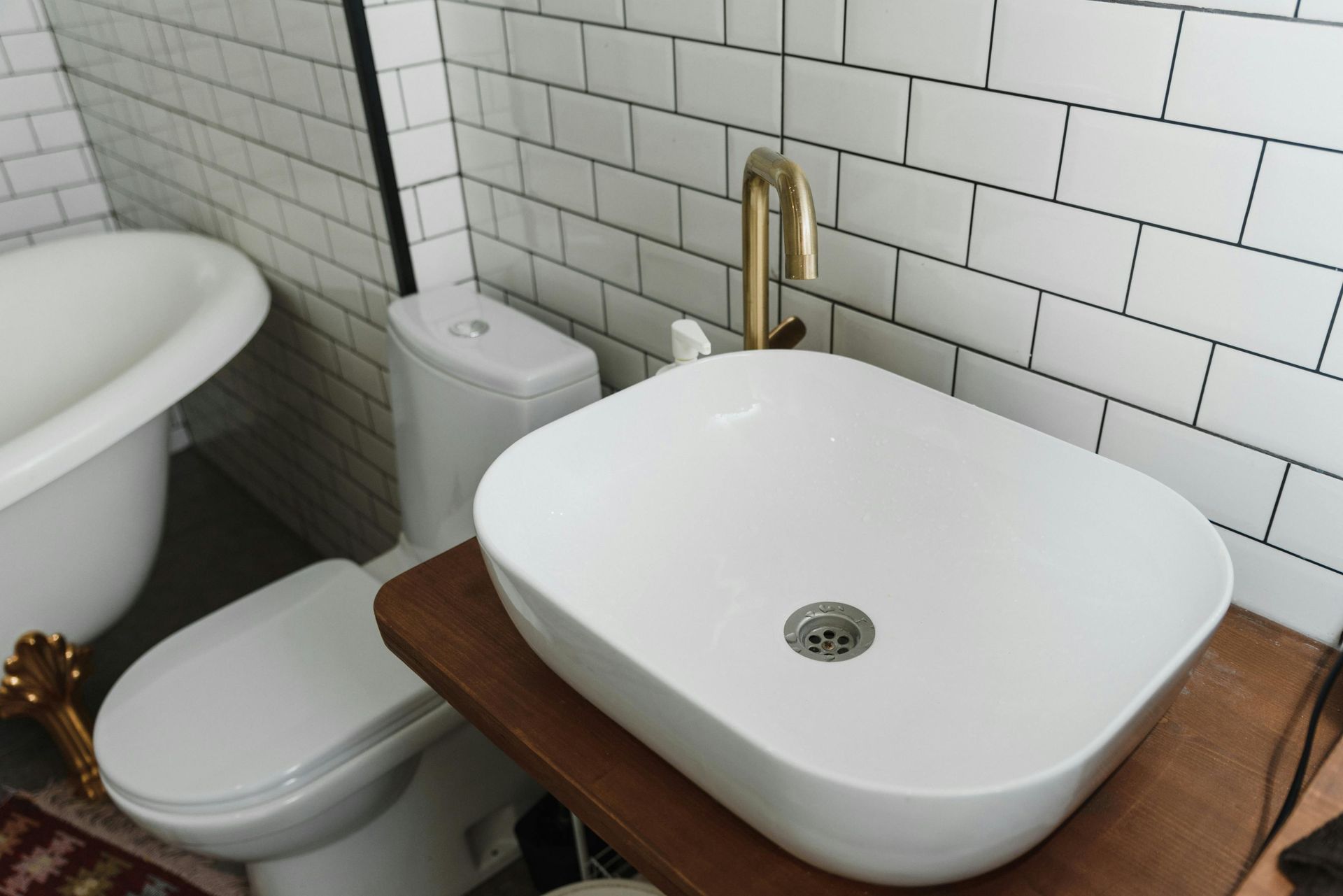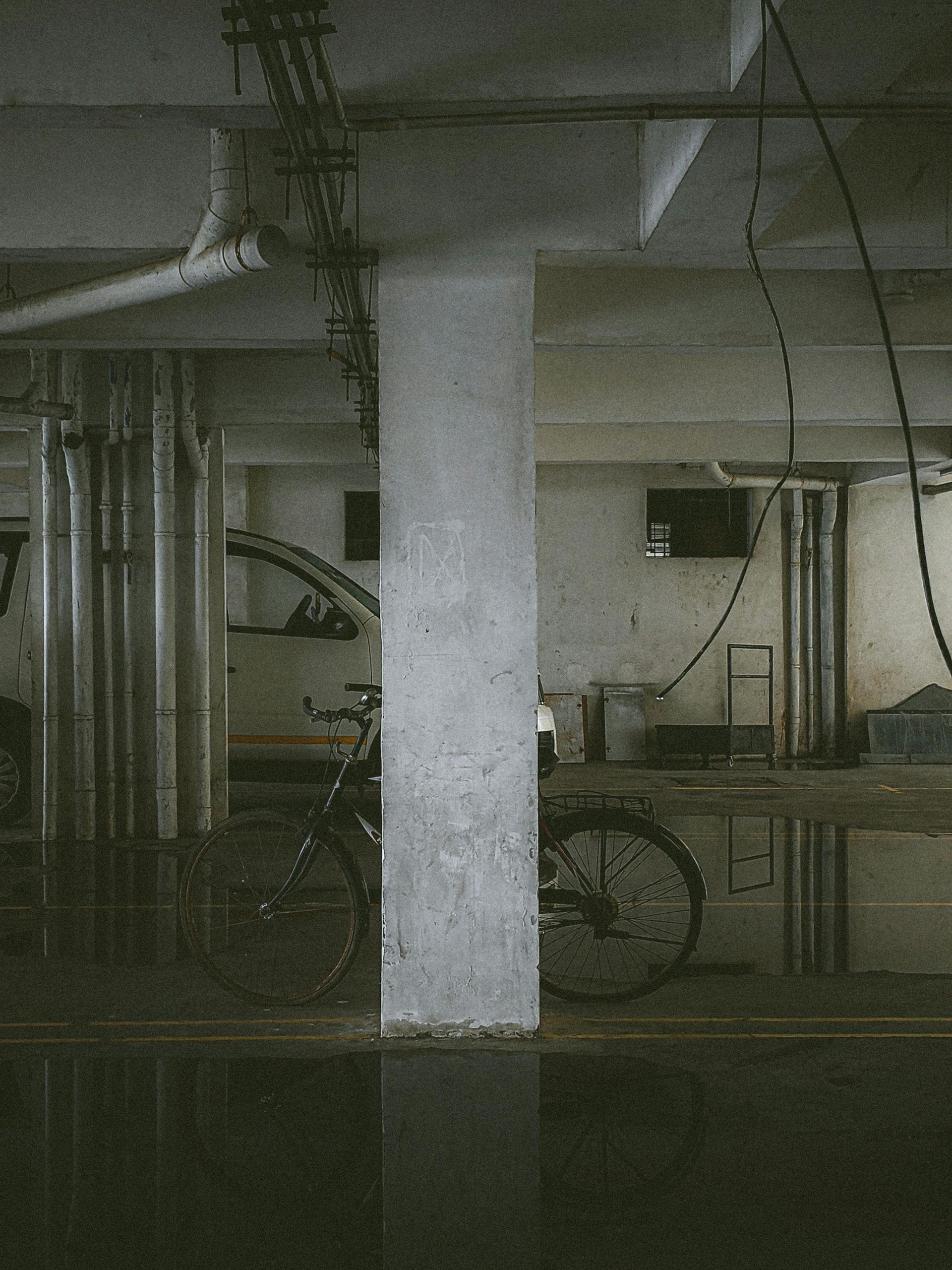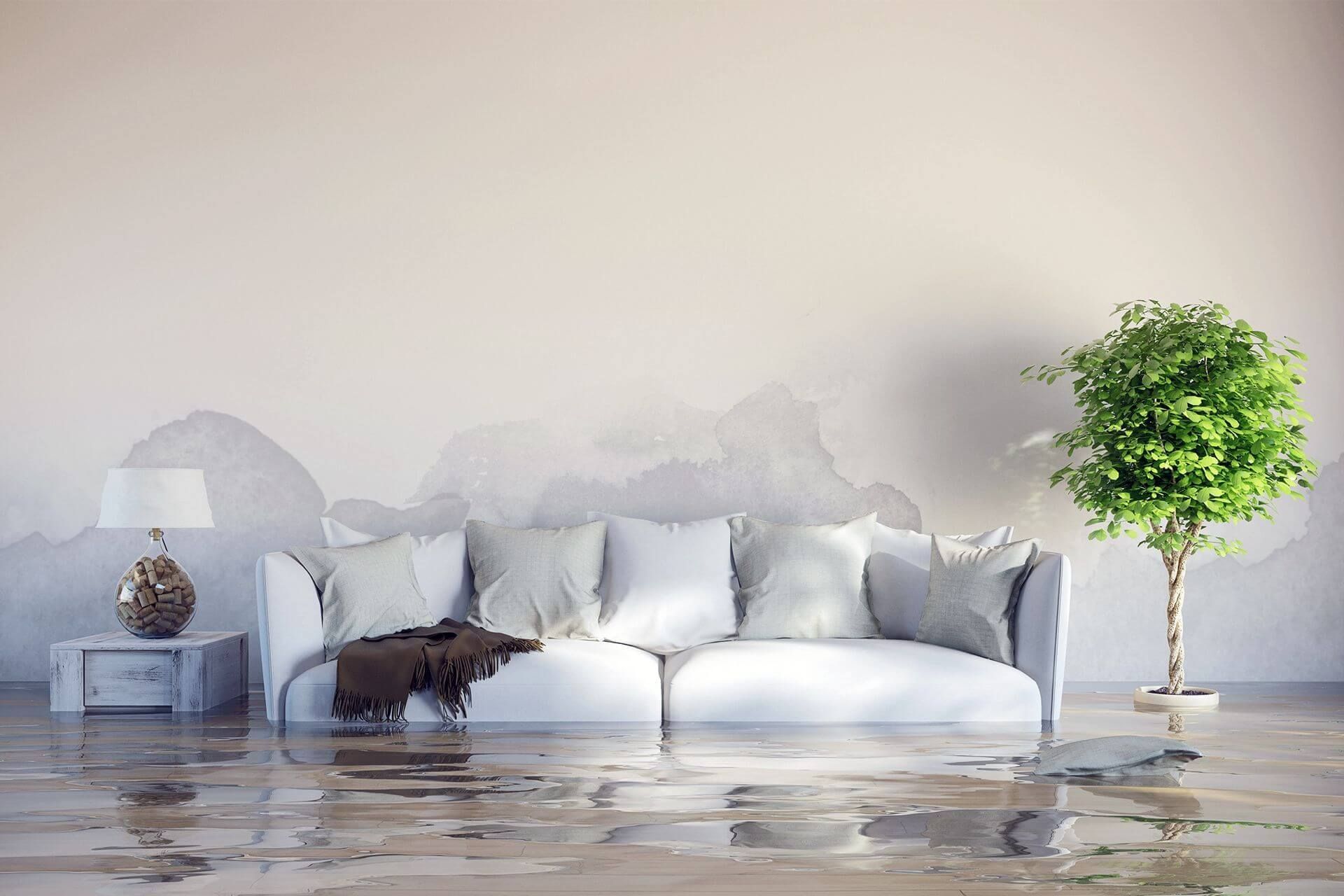Professional Water Damage Cleanup: Worth the Cost or Waste of Money?
Have you ever stood in your flooded basement wondering if you should grab a mop or call the professionals?
Professional water damage cleanup is worth the investment in most situations because it prevents costly long-term damage, health risks, and insurance complications. This decision can mean the difference between a quick recovery and months of expensive repairs. Water damage affects over
14,000 Americans daily, with the average claim costing $11,098 according to the Insurance Information Institute.
Acting fast matters more than you might think. Water can cause structural damage within hours, and mold begins growing in just 24-48 hours. When you consider that improper cleanup can lead to denied insurance claims, hidden mold growth, and structural problems that cost thousands more later, professional services often pay for themselves through prevention alone.
Let's examine the facts to help you make the best decision for your situation.
Key Takeaways
- Professional water damage cleanup usually costs $2,000-4,000 upfront but saves you from much bigger bills later like $25,000 structural repairs or $3,500 mold removal projects.
- You can try cleaning up small water spills yourself, but anything bigger than 10 square feet or involving dirty water needs professional help to avoid serious health risks.
- Professionals have special tools like thermal cameras that find hidden water behind walls, plus they work directly with your insurance company to make sure you get paid properly.
- Time really matters because water damage gets twice as bad every hour, and mold starts growing in just one day if you don't dry everything completely.
- When picking a water damage company, make sure they have proper certifications, can respond within a few hours, and get good reviews from recent customers who had similar problems.
Is It Worth Hiring a Professional?
Yes, hiring professional water damage cleanup is highly recommended in most scenarios. The upfront cost almost always saves you money and stress in the long run.
Here are the core reasons why professionals are worth it:
Risk reduction
Professionals identify hidden damage you might miss, preventing bigger problems later. They use moisture meters and thermal imaging to detect water trapped inside walls, under floors, and in ceilings. What looks dry on the surface often hides pockets of moisture that lead to mold and rot. Trained technicians know exactly where water travels and settles in different types of buildings.
Long-term cost savings
Proper cleanup prevents expensive mold remediation and structural repairs down the road. The average mold remediation costs $3,500, while structural repairs from water damage can reach $25,000 or more. Professional cleanup typically costs $2,000-4,000 but prevents these much larger expenses. Insurance companies often require professional documentation to cover future related claims.
Health protection
Experts safely handle contaminated water and prevent dangerous mold growth that can cause respiratory problems, allergies, and infections. They wear proper protective equipment and use EPA-approved antimicrobials. DIY cleanup exposes you to harmful bacteria and increases your risk of developing serious health issues, especially with grey or black water situations.
Insurance compliance
Professional documentation helps maximize your claim and prevents denials. Restoration companies work directly with insurance adjusters, provide detailed reports, and understand what evidence insurers require. They photograph damage, document moisture levels, and create repair estimates that insurance companies trust.
Speed matters
24/7 emergency response minimizes total damage through immediate action. Every hour of delay allows water to spread further and cause more damage. Professional teams can be on-site within hours, not days, stopping the damage from getting worse.
Understanding Water Damage Risks
Water damage isn't just about wet floors and soggy furniture. The real danger lies in what you can't see happening inside your walls, under your floors, and in your air.
Types and consequences of water damage
Not all water damage is the same. Each type requires different handling and poses unique risks to your health and property.
1. Clean water
Clean water comes from broken pipes, supply lines, or rainwater. While it starts harmless, it becomes contaminated within 48-72 hours as bacteria multiply:
- Burst pipes: Most common source, can flood entire floors quickly
- Appliance leaks: Washing machines, water heaters, and dishwashers cause gradual damage
- Roof leaks: Rainwater enters through damaged shingles or flashing
This type seems manageable but can quickly turn dangerous if not addressed immediately.
2. Gray water
Grey water contains chemicals, soap, or mild contamination from washing machines, dishwashers, or sump pumps. Direct contact can cause illness, and it becomes black water if left untreated for more than 48 hours:
- Washing machine overflow: Contains detergents and fabric softeners that irritate skin
- Dishwasher backups: Food particles and grease create bacterial growth
- Sump pump failures: Groundwater mixed with household chemicals
Black water is severely contaminated with sewage, chemicals, or standing flood water. This water contains dangerous bacteria, viruses, and toxins that require professional hazmat handling:
- Sewage backups: Contains E. coli, hepatitis, and other deadly pathogens
- Toilet overflows: Human waste creates immediate health hazards
- Flood water: Picks up pesticides, oil, and industrial chemicals as it travels
Even small amounts can cause serious health problems including infections, respiratory issues, and gastrointestinal illness.
The secondary risks often cost more than the initial damage. Mold begins growing within 24-48 hours in humid conditions. Structural damage happens as wood swells, warps, and rots. Electrical systems become fire hazards when water reaches outlets, wiring, or appliances.
Damage Inspection and Salvage Operations
The choice between professional cleanup and doing it yourself depends on several critical factors. Here’s a quick table of the pros and cons of each type.
Pros and cons table
| Factor | Professional | DIY |
|---|---|---|
| Cost | $2,000-4,000 upfront | $200-500 for equipment rental |
| Expertise | Certified technicians with specialized training | Limited knowledge, learning as you go |
| Time | 2-5 days complete restoration | 1-2 weeks or longer |
| Equipment | Commercial-grade pumps, dehumidifiers, air movers | Basic wet vacuums, fans, rental equipment |
| Health risks | Proper protective gear, safe handling | Direct exposure to contaminants |
| Insurance | Documentation accepted by insurers | Claims often questioned or denied |
| Outcome quality | Thorough moisture removal, mold prevention | High risk of hidden moisture, future problems |
When DIY is (and isn't) enough
DIY cleanup works for minor, surface-level water damage that meets specific criteria. You can handle small incidents yourself when the affected area is less than 10 square feet, the water is clean, and you can start cleanup within 24 hours. Examples include small pipe leaks under sinks, overflowing bathtubs that didn't reach other rooms, or minor appliance leaks on hard surfaces.
DIY falls short
with significant flooding, contaminated water, or when water has spread to multiple rooms. You should never attempt DIY cleanup with grey or black water, flooding that affects subflooring or drywall, or any situation where mold is already visible. Water damage in basements, crawl spaces, or areas with electrical components always requires professional handling due to safety risks.
Core Benefits of Hiring Professionals
Professional water damage cleanup offers advantages that go far beyond what you can achieve with rental equipment and online tutorials. These benefits often save you thousands of dollars and protect your family's health.
Expertise, training, and equipment
Professional technicians hold certifications from the Institute of Inspection, Cleaning and Restoration Certification (IICRC) and undergo continuous training on the latest techniques. They use commercial-grade equipment that extracts water faster and more thoroughly than consumer tools. Industrial pumps remove standing water in minutes, not hours. Truck-mounted extraction units generate 10 times more suction power than portable wet vacuums.
Professionals also use moisture meters, thermal imaging cameras, and hygrometers to detect hidden water you can't see. They know exactly where water migrates in different building materials and construction types. This expertise prevents the most common DIY mistake: thinking an area is dry when moisture remains trapped inside walls or under floors.
Rapid response and time efficiency
Most professional companies offer 24/7 emergency service and arrive within 1-4 hours of your call. Speed matters because water damage doubles every hour during the first 48 hours. Quick response stops water from spreading to unaffected areas and prevents secondary damage like mold growth.
Professional teams complete full restoration in 2-5 days compared to weeks of DIY work. For businesses, this reduces lost revenue and gets operations back to normal quickly. Families can return to their homes sooner instead of staying in hotels or with relatives.
Mold and health risk prevention
Professionals use EPA-approved antimicrobials and follow strict protocols to prevent mold growth. They understand which materials can be salvaged and which must be removed to prevent health hazards. Air scrubbers with HEPA filters remove airborne contaminants during the cleanup process.
Trained technicians wear proper protective equipment when handling contaminated water. They set up containment barriers to prevent cross-contamination to clean areas of your home. This protection is especially critical with grey or black water that contains dangerous bacteria and pathogens.
Assistance with insurance claims
Experienced restoration companies work directly with insurance adjusters and understand what documentation insurers require. They photograph all damage, create detailed moisture maps, and provide comprehensive reports that support your claim. Many companies even handle the insurance paperwork for you.
Professional documentation prevents claim denials and helps maximize your reimbursement. Insurance companies trust certified professionals and rarely question their assessments. Without proper documentation, insurers often reduce payouts or deny coverage for related future problems.
Cost Considerations and Long-Term Value
The sticker shock of professional water damage cleanup often makes homeowners consider DIY alternatives. However, the true cost comparison reveals why professional service typically saves money over time.
Immediate vs. long-term costs
Professional water damage cleanup costs $2,000-4,000 for most residential jobs, but this upfront investment prevents much larger expenses down the road. Improper cleanup leads to mold remediation averaging $3,500, structural repairs ranging from $10,000-25,000, and complete flooring replacement costing $5,000-15,000.
Most homeowners insurance policies cover professional cleanup when you act quickly and use certified contractors. You typically pay only your deductible, which ranges from $500-2,500. Insurance companies prefer professional cleanup because it reduces their long-term claim costs from secondary damage.
The time savings also have financial value. Professional restoration gets you back to normal life in days, not weeks. For businesses, every day of closure means lost revenue. Homeowners avoid extended hotel stays, restaurant meals, and the stress of managing a major DIY project while dealing with insurance claims.
Financial risks of inadequate cleanup
Hidden moisture from incomplete cleanup creates expensive problems months or years later. Mold behind walls requires tearing out drywall, insulation, and flooring for proper remediation. Insurance companies often deny these claims if initial cleanup was inadequate or not properly documented.
Structural damage from trapped moisture weakens floor joists, wall studs, and foundation elements. These repairs require permits, engineering assessments, and extensive reconstruction work. Wood rot spreads to adjacent materials, turning a localized problem into whole-house renovation projects.
Health problems from mold exposure lead to medical bills and reduced quality of life. Respiratory issues, allergies, and infections require ongoing treatment. Some people develop permanent sensitivities that force them to relocate entirely.
DIY cleanup also voids warranties on flooring, appliances, and building materials affected by water damage. Manufacturers require professional restoration to maintain coverage for future problems.
How to Choose a Professional Water Damage Cleanup Service
Not all restoration companies provide the same quality of service. Choosing the right contractor protects your investment and ensures proper cleanup that prevents future problems.
Here are the key features to look for:
1. Proper certifications and insurance
Verify IICRC (Institute of Inspection, Cleaning and Restoration Certification) credentials on their website or by calling IICRC directly. This certification means technicians have completed proper training in water damage restoration techniques. Companies should also carry general liability insurance and workers compensation coverage to protect you from liability if accidents occur on your property.
2. 24/7 emergency response
Look for guaranteed arrival times, ideally within 1-4 hours of your call. Water damage worsens every hour, so immediate response is critical. Ask about their average response time and whether they have local crews available around the clock, not just a call center that dispatches distant contractors.
3. Strong reputation and reviews
Check online reviews on Google, Better Business Bureau, and Angie's List, but focus on recent reviews within the past year. Pay attention to comments about communication, timeliness, and insurance claim assistance. A few negative reviews are normal, but watch for patterns of poor service or billing disputes.
4. Full-service capabilities
Ask about their scope of services beyond water extraction. Full-service companies handle everything from initial emergency response through final reconstruction. This continuity prevents delays and coordination problems between different contractors. Make sure they provide detailed written estimates and can work directly with your insurance company.
5. Local references
Request references from recent jobs similar to yours. Reputable companies willingly share contact information for satisfied customers. Ask these references about cleanup quality, communication, and whether any problems developed later.
Compare at least three local providers before making a decision. Focus on qualifications, response time, and comprehensive service rather than price alone.
Making the Smart Choice for Your Water Emergency
When water damage strikes your home, the clock starts ticking immediately. While the upfront cost of professional water damage cleanup might seem steep at $2,000-4,000, this investment protects you from catastrophic expenses that can reach $25,000 or more in structural repairs and mold remediation. The facts are clear: DIY cleanup works only for small, clean water spills under 10 square feet that you can address within 24 hours. Everything else requires professional expertise to prevent hidden moisture, mold growth, and insurance claim denials.
Professional restoration companies offer 24/7 emergency response, specialized equipment, and direct insurance assistance that saves both money and stress. They complete the job in days instead of weeks and provide the documentation your insurance company needs to process your claim without delays or disputes. Don't gamble with your family's health and your property's value. When water damage occurs, contact certified professionals immediately for the peace of mind and long-term savings that make professional cleanup the smart financial decision.
Get Professional Water Damage Help Today
Don't let water damage turn into a costly nightmare for your family. Pursuit Restoration provides certified, 24/7 emergency water damage cleanup services that protect your home and maximize your insurance claim. Our IICRC-certified technicians use commercial-grade equipment to remove hidden moisture and prevent mold growth that DIY methods miss.
Time is critical when water damage strikes. Every hour of delay allows more damage to spread through your walls, floors, and air systems.
Schedule a free property inspection online to get an expert assessment of your water damage situation, or call
(208) 515-6503 to speak with our emergency response team immediately. We work directly with your insurance company and provide the professional documentation needed to ensure full coverage of your claim.
